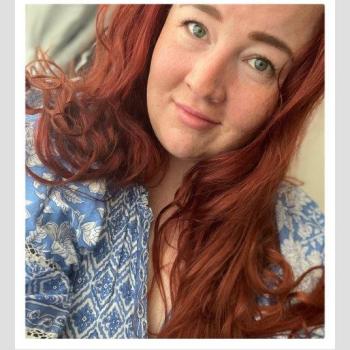Assessing hindering and facilitating factors of help-seeking behaviour in cannabis use: descriptive qualitative study
Background: Cannabis use and the need for treatment has increased. However, there is still a stigma attached to help seeking for cannabis use. In addition, it is typical that adolescents who use cannabis do not feel they need help or support to reduce or quit cannabis use. More information is needed on the factors that hinder and facilitate help seeking. This study aims to describe the experiences of adolescents who have used cannabis, experts by experience who had used cannabis and treatment providers about their thoughts of hindering and facilitating factors of help-seeking behaviour in cannabis use among adolescents.
Methods: A descriptive qualitative research. Data were collected through focus groups and individual interviews from adolescents who have used cannabis, experts by experience who had used cannabis and treatment providers (n=19). Interviews were recorded and transcribed verbatim. The thematic analysis method was used.
Results: The preliminary hindering findings were summarized under 6 themes: 1) prejudices, 2) consequences, 3) everyday challenges, 4) downplaying cannabis use, 5) stigma, 6) lack of information, and facilitating factor findings under 5 themes: 1) motivation, 2) increasing use of cannabis, 3) importance of encounters, 4) low threshold, 5) available support and guidance. The participants described prejudices against authorities and employees in particular, as well as fear of consequences, hindered cannabis-users from seeking treatment. Own motivation, positive encounters from treatment providers, available low-threshold support and guidance, and a more positive attitude towards cannabis use in society facilitated help-seeking behavior.
Conclusions: The results supported previous studies on understatement of cannabis use and fear of stigmatization. There are several barriers for help seeking which should be take into consideration id health care. The information this study provides, can be used by providers to develop treatment seeking, so that it meets the needs and wishes of help-seeking adolescents.
